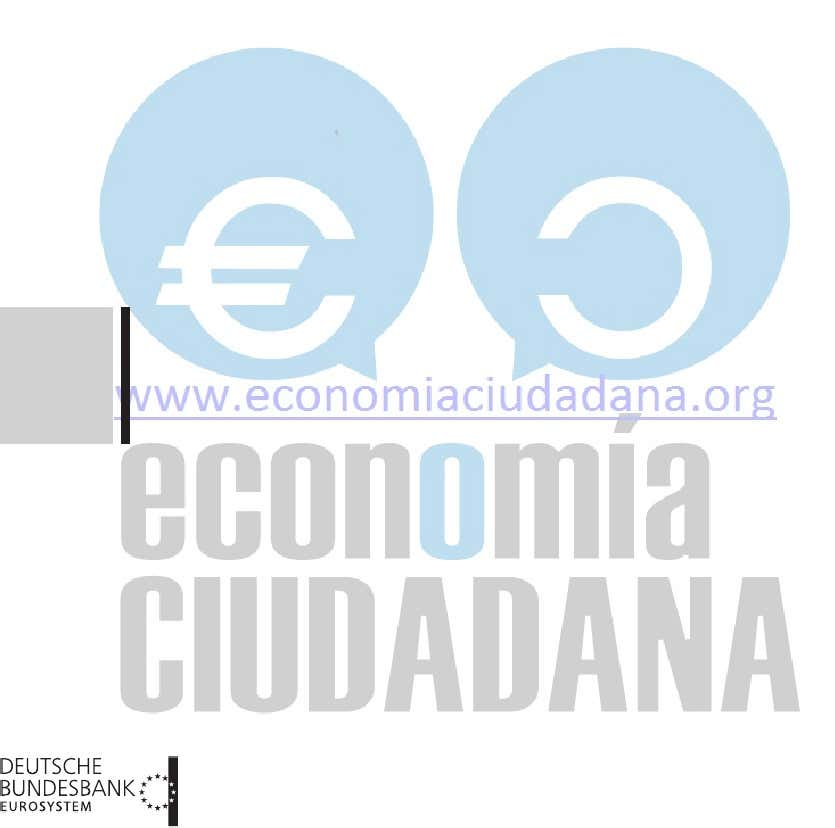Discussion Paper
Deutsche BundesbankNo 09/2013
Optimal sovereign default
Klaus Adam
(University of Mannheim and CEPR)
Michael Grill
(Deutsche Bundesbank)Discussion Papers represent the authors‘ personal opinions and do notnecessarily reflect the views of the Deutsche Bundesbank or its staff.



Editorial Board:
Klaus Düllmann Heinz Herrmann Christoph Memmel Deutsche Bundesbank, Wilhelm-Epstein-Straße 14, 60431 Frankfurt am Main, Postfach 10 06 02, 60006 Frankfurt am Main Tel +49 69 9566-0 Please address all orders in writing to: Deutsche Bundesbank, Press and Public Relations Division, at the above address or via fax +49 69 9566-3077 Internet http://www.bundesbank.de Reproduction permitted only if source is stated. ISBN 978–3–86558–8ISBN 978–3–86558–8 9
6
–
8
(Internetversion) 9
5
–
1
(Printversion)
Non-technical summary
Sovereign debt defaults by Russia (in 1998) and Argentina (in 2001) as well as theoutbreak of the European sovereign debt crisis, which reached an initial peak withthe Greek default in 2012, have shown that sovereign debt defaults are by no meansrare events, despite the significant costs they entail. This has revived and stimulatedrenewed interest in this topic among academics and policymakers alike.A key question arising in such circumstances is whether default was optimal forthe sovereign given the costs associated with default? This paper addresses the ques-tion of optimal sovereign default in a model in which a domestic government issuesnon-contingent bonds to foreign investors and makes optimal repayment decisions onthese bonds. We show that it can be optimal to occasionally deviate from the legalrepayment obligation, even if such deviations give rise to significant default costs.Such deviations improve ex-ante welfare and contribute to insuring output risk andenhancing the efficiency of investment decisions. Default can be optimal followingadverse shocks to domestic productivity, especially if the country has a high debt-to-GDP ratio. Our quantitative analysis reveals, however, that for empirically plausibledebt-to-GDP ratios and default costs, the decision to default is optimal only in re-sponse to disaster-like shocks to domestic output.